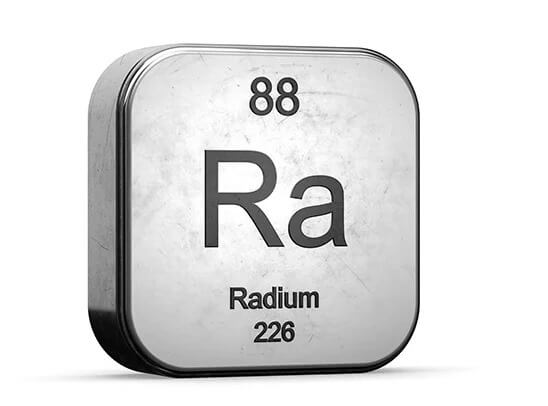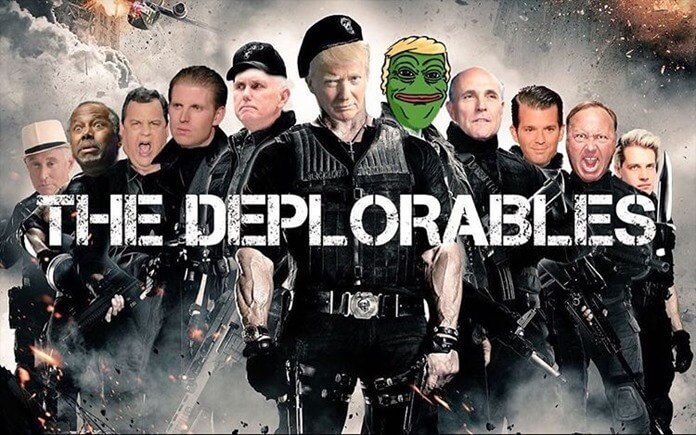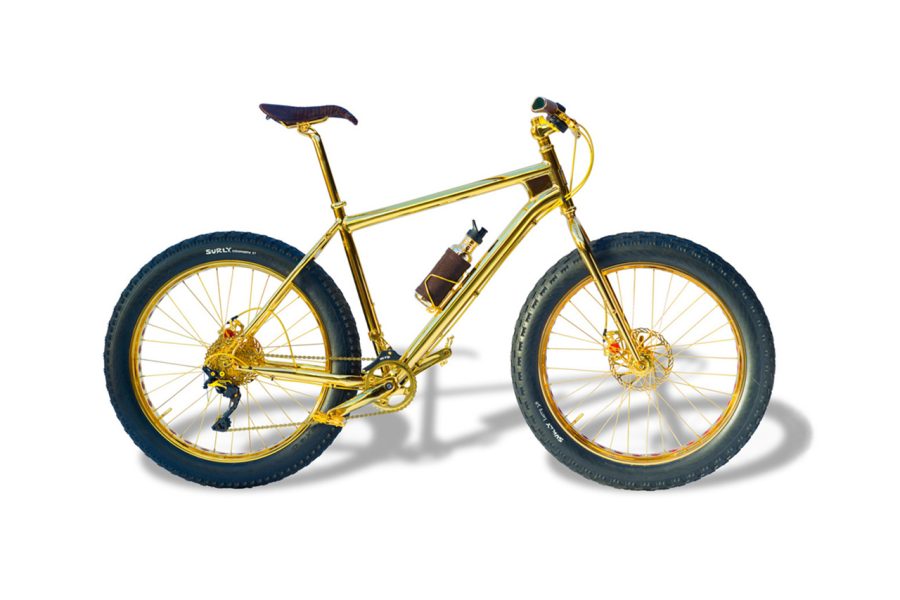Do you take memes seriously? Neither do I. Watch once, smile, forward to friends, and forget – and that’s all in 99% cases.
However, by transferring information from person to person like digital genes, some memes have managed to influence entire countries and even the world. Here are 7 examples of such changes.
5. Radium
 Nowadays, even the scientifically illiterate understand that radiation can be dangerous. But in the first half of the 20th century, newly discovered radioactive elements such as radium were considered safe and, indeed, beneficial. It was even associated with deadly medical treatments.
Nowadays, even the scientifically illiterate understand that radiation can be dangerous. But in the first half of the 20th century, newly discovered radioactive elements such as radium were considered safe and, indeed, beneficial. It was even associated with deadly medical treatments.
Radium was used in every conceivable product, from makeup to watches, clothing, and medicine. You could find the word “radium” on all sorts of labels, advertisements, posters, and signs. It was a viral buzzword that brought the dangers of radioactivity to worldwide attention.
4. Memento Mori

It's impossible to pick the most influential and widespread meme today, but during the Middle Ages and Renaissance, the winner was clear: Memento mori (remember to die).
It's a motif that has appeared in countless paintings over hundreds of years (and is still used today). The premise of the meme is simple: include a skull or other object in your work to remind your audience that death is inevitable.
Some artists were clever and hid such objects, such as placing a small skull on a shelf whose contents were otherwise ordinary. And some “reminders” of the transience of all things are the center of attention, as in Hans Holbein the Younger’s “Ambassadors.” It is safe to say that no member of the Renaissance nobility ever forgot that death was approaching.
3. Everything is fine

The meme originated in 2013 as part of a six-panel comic strip by cartoonist Casey Greene. In the comic, a dog sits and drinks coffee during a house fire, insisting that all is well.
The comic was originally called "On Fire," but after a truncated two-panel version began circulating on Reddit, it was renamed and has become the perfect way to describe any antithesis to normalcy.
In its various comic and animated incarnations, This Is Fine has become the embodiment of our response to an increasingly distorted, disaster-ridden world. Despite the coronavirus pandemic, school shootings, the widening income gap between the rich and poor of the world, an ever-changing political landscape, and, of course, climate change, millennials are muttering, “It’s fine.”
The soothing irony of “This Is Fine” was the spiritual opposite of the far more toxic “Pepe the Frog” meme (more on that below). Both memes were based on webcomics, and both became politically significant icons around the same time.
2. Pepe the Frog

The green anthropomorphic frog was created in 2005 by artist Matt Furie as a webcomic character. In 2008, he became an internet meme and was often used by online trolls. But Pepe's internet career turned out to be closely tied not only to trolling, but also to politics.
In the mid-2010s, Pepe became a symbol of the alt-right, used to represent white supremacy. And in 2016, he became one of the symbols of Donald Trump’s campaign, with Pepe appearing in a number of images, including a poster parodying the Expendables poster. It was titled “The Deplorables,” a play on the phrase “basket of deplorables” thrown at Hillary Clinton.
In 2019, during the Hong Kong protests, Pepe the Frog became an ambassador for the student protesters. He was declared a symbol of resistance.
“Everyone contributes to the protests according to their financial status and abilities, and that’s what defined the movement and made it successful. What does it mean to be water? (a quote from Bruce Lee). Water is liquid, it can take many forms, it’s not easy to capture. Pepe’s various forms are a great representation of that idea,” said Paper Chu, one of the protesters.

1. Dogecoin
 How many memes can boast that a cryptocurrency was created on their basis? Well, Dogecoin can.
How many memes can boast that a cryptocurrency was created on their basis? Well, Dogecoin can.
The meme, which originated in 2005, features an image of a Shiba Inu dog named Kabosu. It quickly became popular on the imageboard 4chan and spread across the Internet in 2013. In December 2013, programmers Billy Markus and Jackson Palmer introduced a new cryptocurrency, Dogecoin, named after the Kabosu meme.
In 2020, the meme was "reborn" and turned into the "Doge and Cheems" picture. It is used when comparing the same phenomenon in the past and present.














Оставить Комментарий